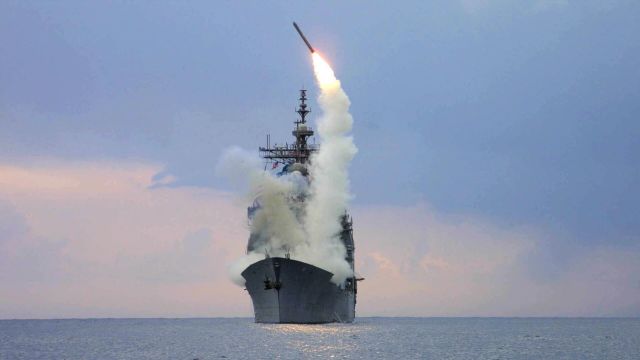MOSCOW, Nov 14 — RIA Novosti, Andrey Kotz. The magazine of the Russian Defense Ministry "Military Thought" reports that the Pentagon is developing fundamentally new weapons that will allow attacking strategic enemy targets with impunity. They will bet on non-nuclear forces. About the conclusions of analysts — in the material of RIA Novosti.
Negative scenario
The concept of mutually assured destruction assumes that one superpower, subjected to nuclear aggression by another, will have time to bring its strategic forces into full combat readiness and strike back. Of course, you need to detect the enemy's ICBM in time. Both Russia and the United States have effective missile attack warning systems (SPRN) — satellites and powerful over-the-horizon radars. They will allow the political leadership of the country to fully use the nuclear triad.
Among the main targets of the aggressor state are ICBM mines, nuclear submarine bases, strategic aviation airfields, headquarters, special ammunition storage points. If the country being attacked, for some reason, does not have time to strike back, most of the nuclear deterrent forces will be destroyed. A few dozen remaining missiles will not be enough for irreparable damage. In addition, some of them will be shot down by missile defense systems.
The second scenario of a hypothetical nuclear conflict with Russia is desirable for the United States, since it does not imply large losses on its part.
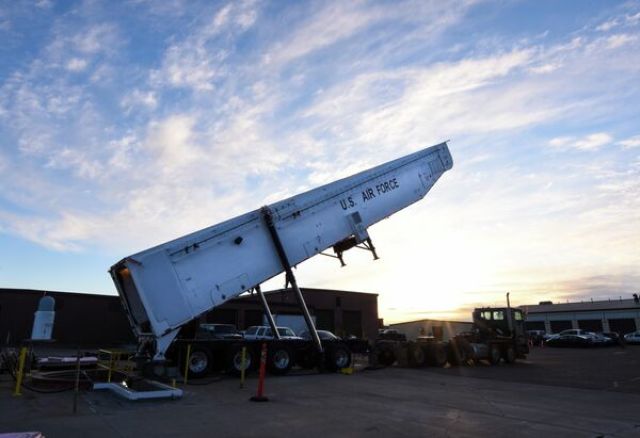
Transport and loading vehicle of the Minuteman III intercontinental ballistic missile of the US Army Image Source: © U.S. Air Force / Senior Airman Ashley Boster
The authors of the publication in "Military Thought" claim: for this, the Pentagon may not need heavy mine ICBMs and strategic nuclear submarines. The main thing is to catch the Kremlin by surprise.
"In the medium term, the United States seeks to possess strategic non-nuclear weapons with a short flight time to the target and formally not subject to any bilateral or international restrictions, the use of which is possible to perform strategic offensive tasks," the article says. "These tasks should ensure the defeat of a significant number of Russia's nuclear forces before the Supreme Commander—in-Chief decides to launch a retaliatory strike."
According to the conclusions of the publication, "this can have an extremely negative impact on national security and will require active counteraction to threats."
Aggressive concept
Washington's long—term plans, according to the authors of the article, include the creation of strategic highly effective fire weapons systems operating on the principle of a reconnaissance strike complex, directed energy weapons and other promising options.
In the meantime, the United States will be engaged in some kind of intermediate structure equipped with existing and incoming kinetic and non-kinetic, global and regional means of influence.
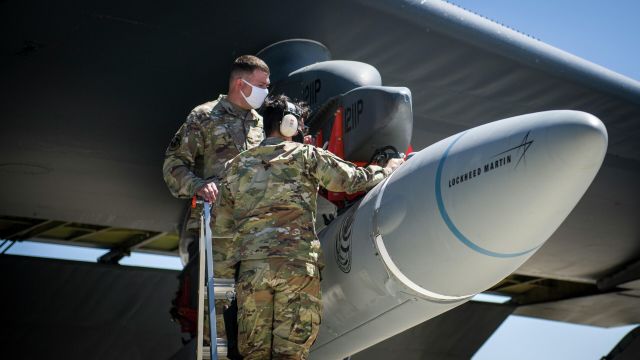
Tests of the AGM-183A Air-Launched Rapid Response Weapon (ARRW) Hypersonic cruise Missile Image Source: © Photo : Air Force / Giancarlo Casem
"Already now we can talk about a new highly effective non—nuclear deterrent and deterrence, the first samples of which in the medium term may enter the US Armed Forces," the article says. "They will have an arsenal of systems capable of partially fulfilling the tasks of existing strategic nuclear forces with non—nuclear warheads."
The Americans act according to the military-strategic concept of a rapid global strike (Prompt Global Strike), which implies an attack with conventional weapons on a target anywhere in the world within one hour.
An important element of this system is thousands of Tomahawk cruise missiles deployed on cruisers, destroyers and submarines. The firing range is 2500 kilometers. However, the subsonic speed of this rocket may not be enough to hit any target on the planet in an hour. And the attack ships are not always in the right range.
Actually, the States do not hide aggressive plans. Back in October, retired General David Petraeus, the former head of the US Central Command, said in an interview with ABC that if Moscow uses nuclear weapons in Ukraine, the Pentagon will give a non-nuclear military response.
The work of the artillery of the Southern Military District in the Zaporozhye direction Image source: © RIA Novosti
Of course, while Washington is not calling for a strike on Russian nuclear mines, but the rhetoric on this score is intensifying.
Hypersonic argument
In the early 2010s, the Americans were going to develop a ballistic missile with a non-nuclear warhead based on the regular Minuteman III ICBMs and Trident II SLBMs for a quick strike against the "rogue states", by which Washington at that time understood, in particular, Iran and the DPRK. But this idea was quickly abandoned. The Pentagon considered that the Russian missile Defense Forces could misinterpret ICBM launches, and this would turn into a full-scale nuclear war.
As a result, we concentrated on hypersonic weapons. One of the first projects is the winged X-51A Waverider. The declared speed is 7,500 kilometers per hour. However, problems arose during the tests, and the missile was never adopted.
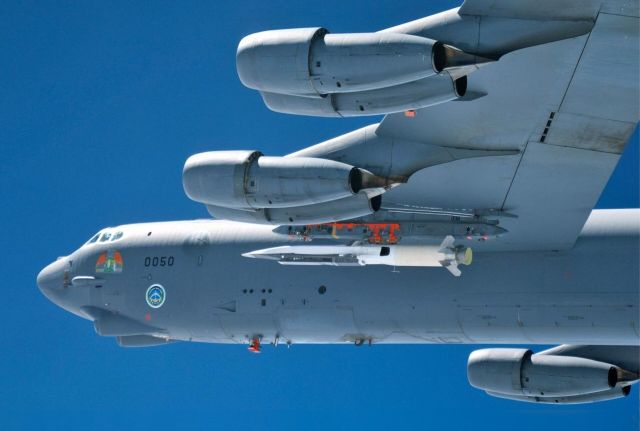
USAF B-52 Stratofortress Aircraft with X-51A Cruise Missile Image Source: © Photo : U.S. Air Force
Nevertheless, these developments were used to create other hypersonic complexes — in all types of armed forces. Within the framework of the concept of a rapid global strike, they are mainly considering a variant with high-speed cruise missiles for Virginia-class submarines. This is part of the Conventional Prompt Strike (CPS) program.
The Pentagon hopes to receive the first serial samples by 2024, the submarine will be converted for them by 2028. Up to 65 CPS will be placed on each Block V series submarine. These missiles will also be armed with the latest inconspicuous destroyers of the Zumwalt type.
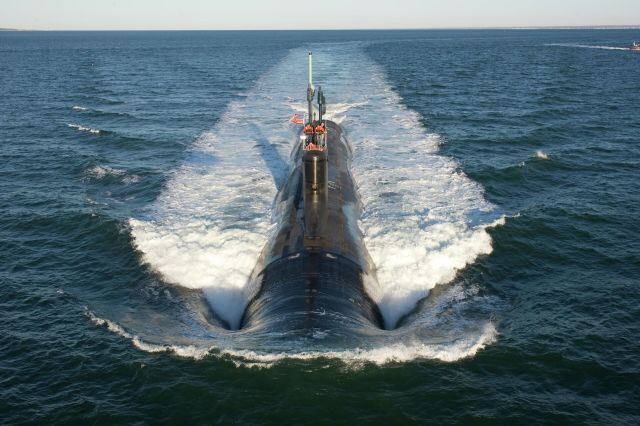
American submarine "USS Mississippi" type "Virginia" Image Source: CC BY 2.0 / U.S. Navy photo courtesy of General Dynamics Electric Boat /
In addition, the United States can deliver a disarming strike from Europe. Back in June 2020, the German media wrote that at the summit of NATO defense ministers, some EU countries approved the deployment of promising American medium-range missiles in conventional equipment.
The range of this weapon is from 1000 to 5500 kilometers. The flight time to Moscow is minimal.
As you know, Washington withdrew from the treaty on the elimination of intermediate-range and shorter-range missiles. And just a few weeks later, he tested prototypes of a cruise missile, and then a ground-based ballistic missile. That is, they were preparing for the rejection of the INF Treaty in advance. As well as raising the stakes in the conflict.
